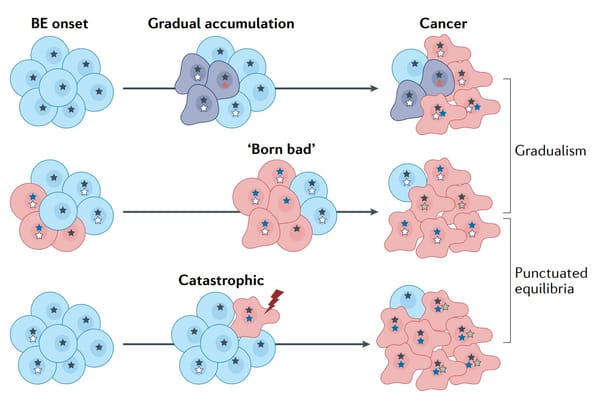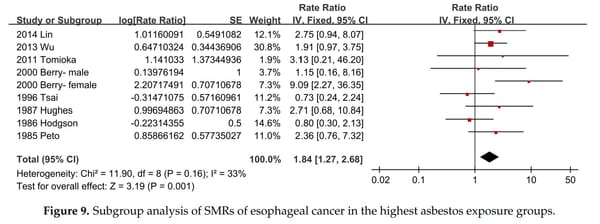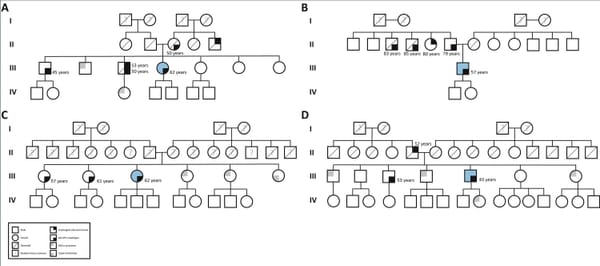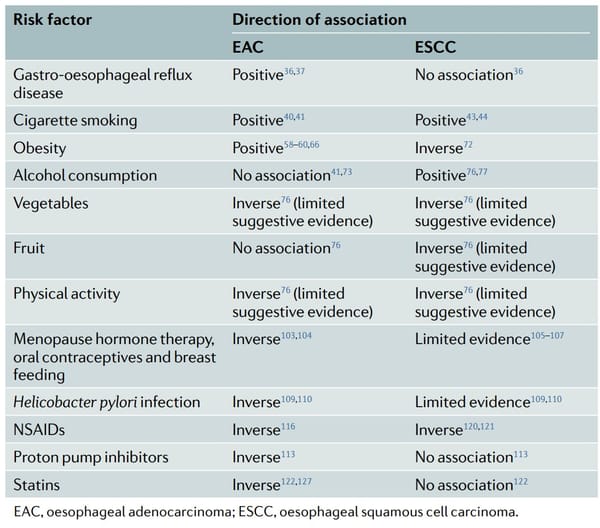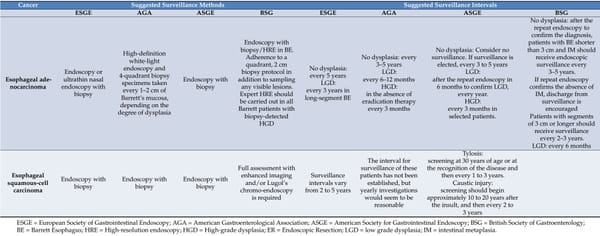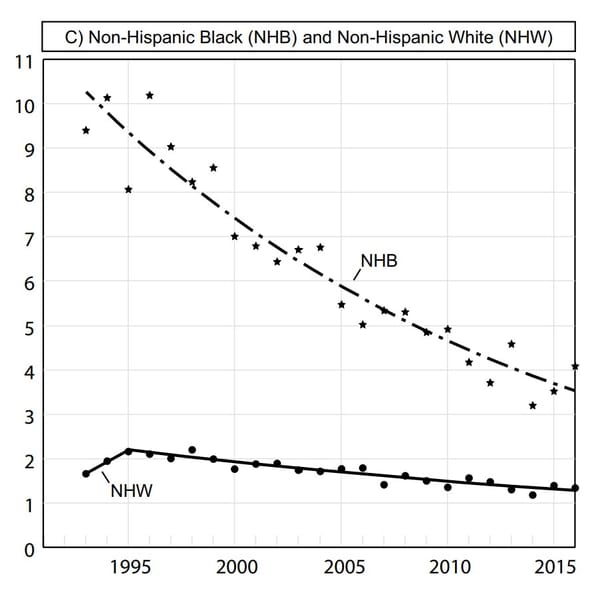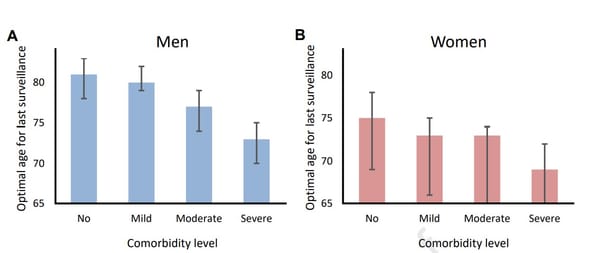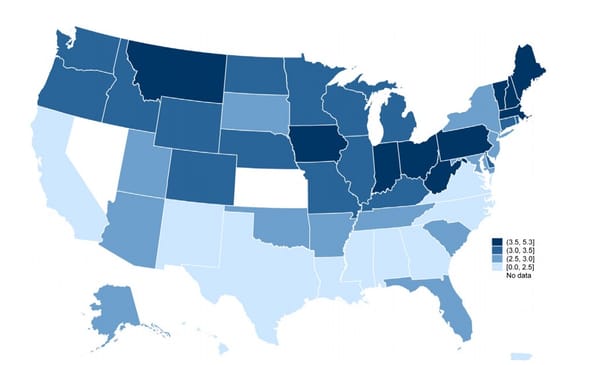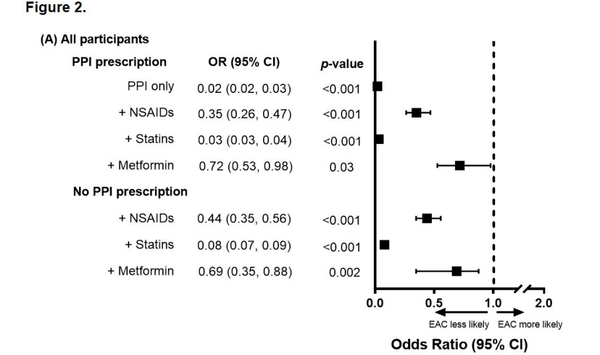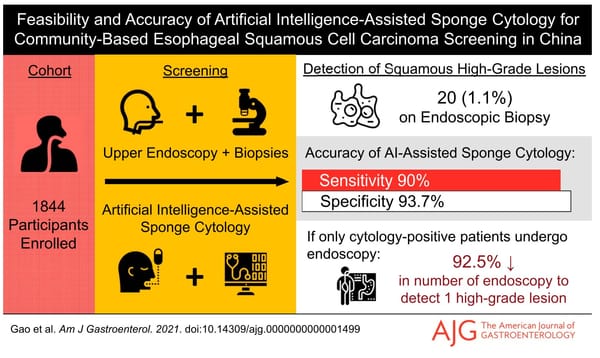
Non-invasive capsule sponge with AI cytology shows promise for screening high-risk areas of China
Results from a study from a high-risk area in China indicate that esopphageal cells captured non-invasively via a capsule sponge, when combined with a trained artificial intelligence (AI) system can substantially reduce the need for endoscopy with histopathology, with a sensitivity of 93.7%.

